'For All Mankind' Season 2 blasts off with nods to NASA's space shuttle past

On May 21, 1983, the United States was less than one month away from launching its first woman into space on the seventh flight of the space shuttle. Meanwhile, the Soviet Union was preparing to resume crewed operations aboard its Salyut 7 space station after a failed docking forced three cosmonauts to return to Earth the month before.
It had been more than a decade since astronauts had walked on the moon.
In the alternate history depicted in "For All Mankind," though, humans were still present on the lunar surface, and had been, ever since the Soviets beat the Americans to landing the first cosmonaut on the moon in 1969. Ellen Wilson (Jodi Balfour) was again in command of the Jamestown moon base, but was preparing to return to Earth on the space shuttle Columbia.
And that is where Season 2 of "For All Mankind" begins, on May 21, 1983.
Related: Cold War heats up on the moon in 'For All Mankind' season 2 trailer for Apple TV+
Created by Ronald D. Moore, Ben Nedivi and Matt Wolpert, "For All Mankind" debuts its second season on Friday (Feb. 19) with the first of ten new episodes on the Apple TV+ streaming service.
For its second installment, the show picks up nine years after the events of Season 1. The Apollo years have given way to the space shuttle-era and both the Cold War and Space Race are heating up. The diversions to history as we know it have resulted in significant changes at NASA, leading to a space program that both looks and feels similar to reality, but is framed within a context that is wholly different from our own.
Breaking space news, the latest updates on rocket launches, skywatching events and more!
Here is a spoiler-free look at some of the familiar touchstones from real space history as presented at the start of Season 2 of "For All Mankind." (The following omits any mention of plot points and focuses instead on the characters, settings and background info from only the first episode of Season 2.)
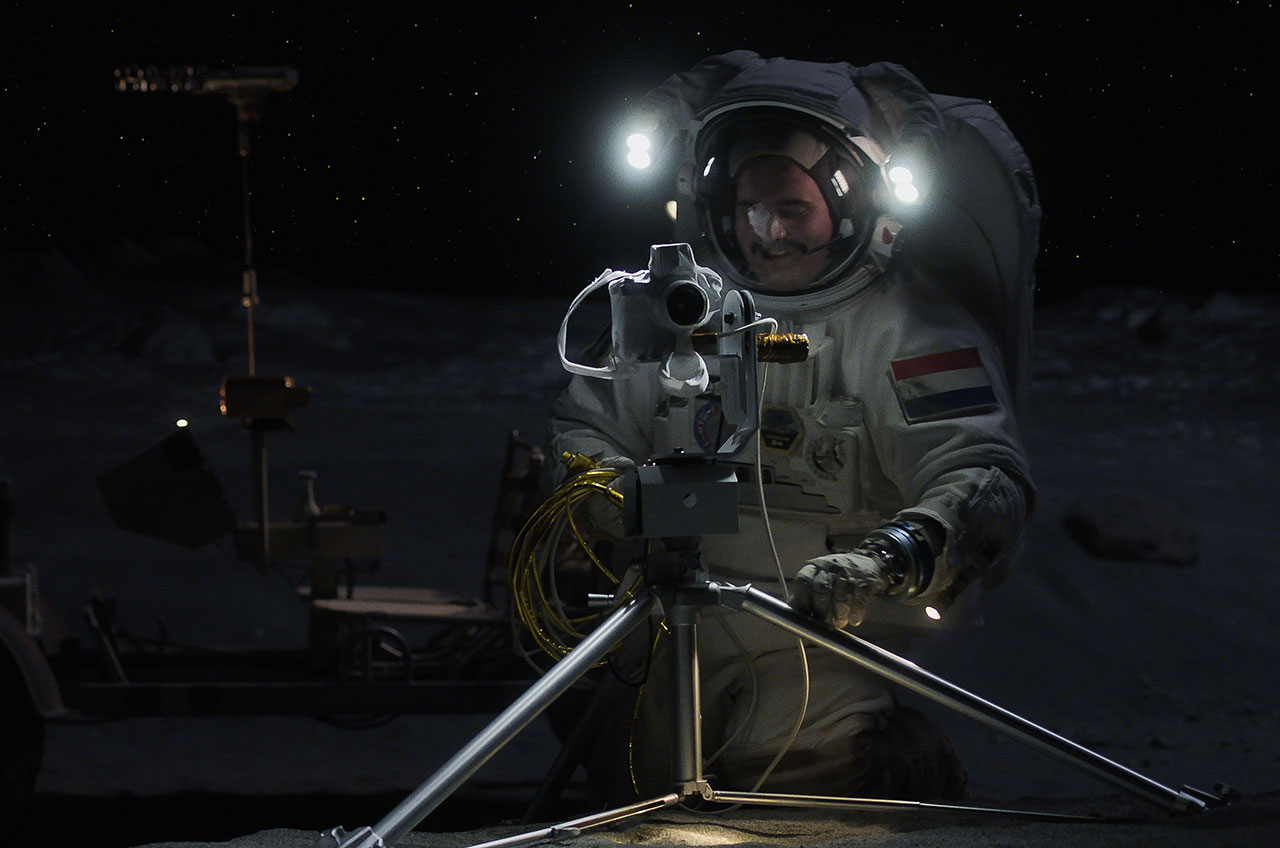
Russians, Americans and... Europeans, too
In reality, after the race to the moon was settled through Russian and American crewed missions, both superpowers opened their spacecraft to cosmonauts and astronauts from other nations.
Beginning in 1978, the Soviet Union's Interkosmos program flew citizens from the former Czechoslovakia, Poland, Germany and a dozen other countries. Several years later, the U.S. began filling seats on the space shuttle with representatives from Canada, Japan, Saudi Arabia and from the European Space Agency (ESA).
The same apparently occurred in the world as depicted by "For All Mankind," at least in the U.S. space program, as evident by the flags adorning the American spacesuits on the moon. Within the first 10 minutes of Season 2, the Canadian maple leaf can be seen on the lunar surface, as can a particular astronaut with the red, white and blue striped flag of the Netherlands.
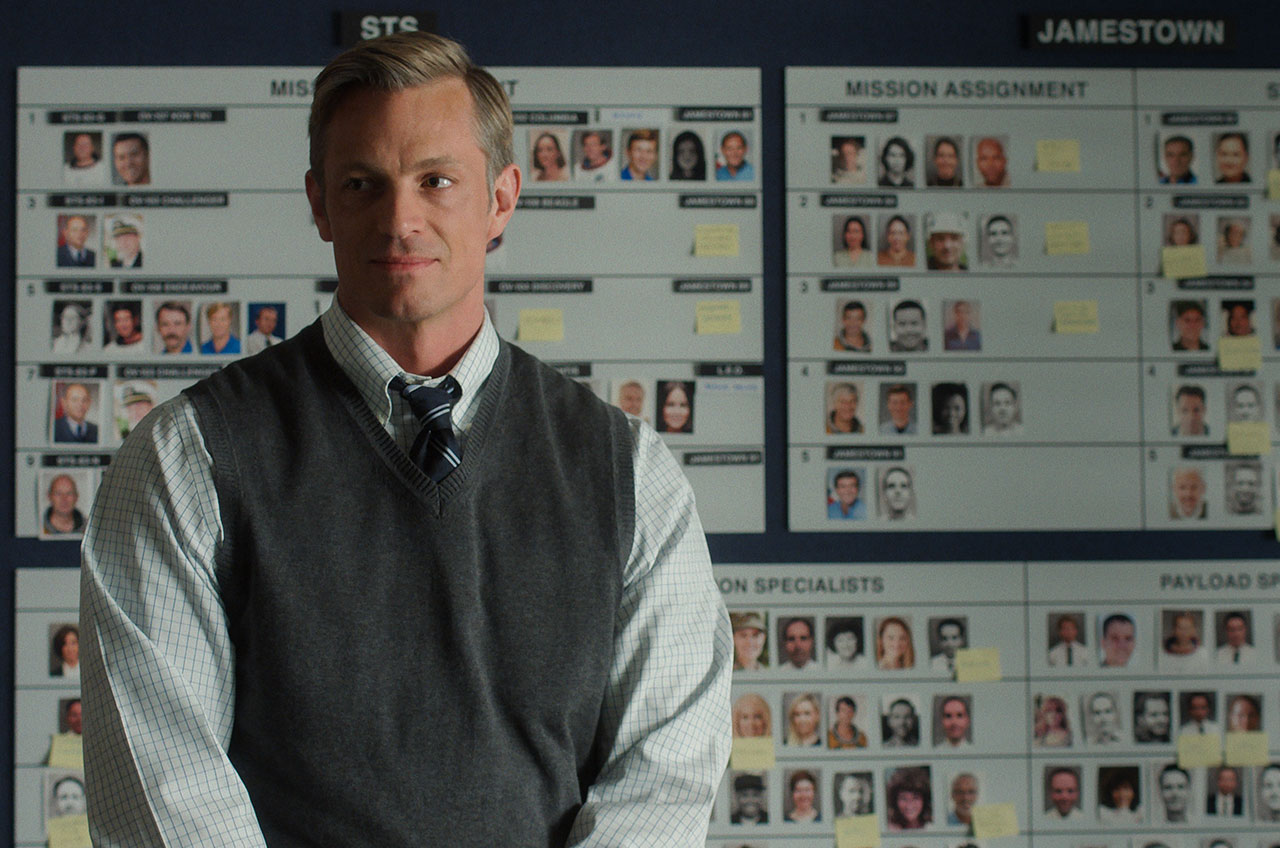
Where's Wubbo?
In Season 1 of "For All Mankind," it was established that in this alternate history the world is populated by astronauts with names familiar to our reality and others who are new (fictional). Cosmonaut Alexei Leonov, for example, was actually in line to become the first Soviet citizen on the moon and became the first human to step foot on the lunar surface in first episode of the series.
Season 1 introduced viewers to Wilson (Balfour), as well as her fellow astronauts Ed Baldwin (Joel Kinnaman), Gordo and Tracy Stevens (Michael Dorman and Sarah Jones) and Danielle Poole (Krys Marshall), working alongside an inspired-by-real-life Deke Slayton (Chris Bauer) and Molly Cobb (Sonya Walger), who is a clear nod to "Mercury 13" member Jerri Cobb.
Season 2 brings back Wilson, Baldwin, the Stevens, Poole and Cobb, as well as introduces a number of new (fictional) astronauts, but also borrows some names from space shuttle history.
Among them is Wubbo Ockels (Bjørn Alexander), the Dutch astronaut on the moon who in real life was the first Dutch citizen to fly into space on board a 1985 shuttle mission and who sported a similarly-styled full mustache.
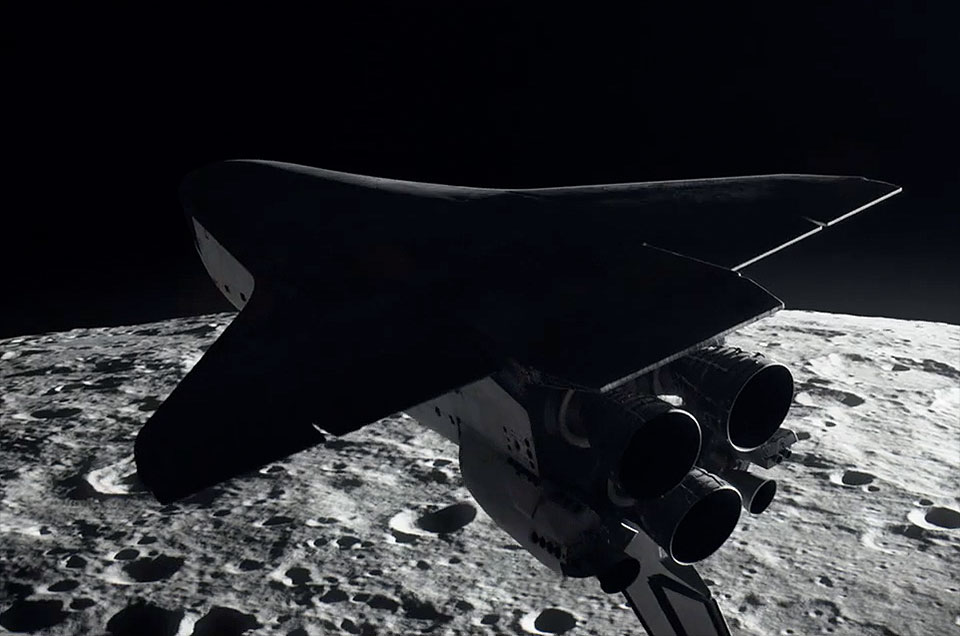
Astronaut appearances
Ockels is not the only real-life astronaut portrayed by an actor in Season 2, but there are also real-life astronauts who appear as themselves.
In the premiere episode of Season 2, viewers are provided a brief, often out-of-focus look at the flight assignment board in the chief astronaut's office at Johnson Space Center in Houston. By May 1983, NASA (in the series' reality) had grown its astronaut corps to 205 members, with 30 or more off the planet at any given time.
Among the wallet-size photos up on the board are portraits of real-life astronauts awaiting space shuttle missions, including Jack Swigert of Apollo 13 fame, Apollo 15 moonwalker Jim Irwin, Skylab 4 pilot Bill Pogue and space shuttle veterans Bill Lenoir, Dave Walker, Gordon Fullerton and Bruce McCandless. Further, Hank Hartsfield, Don Peterson and Karl Henize can be seen among those waiting flights to the Jamestown moon base.
There is another astronaut cameo on the board, and unlike the others, he is the only one who is not deceased in real life. But that is a story for another article still to come.
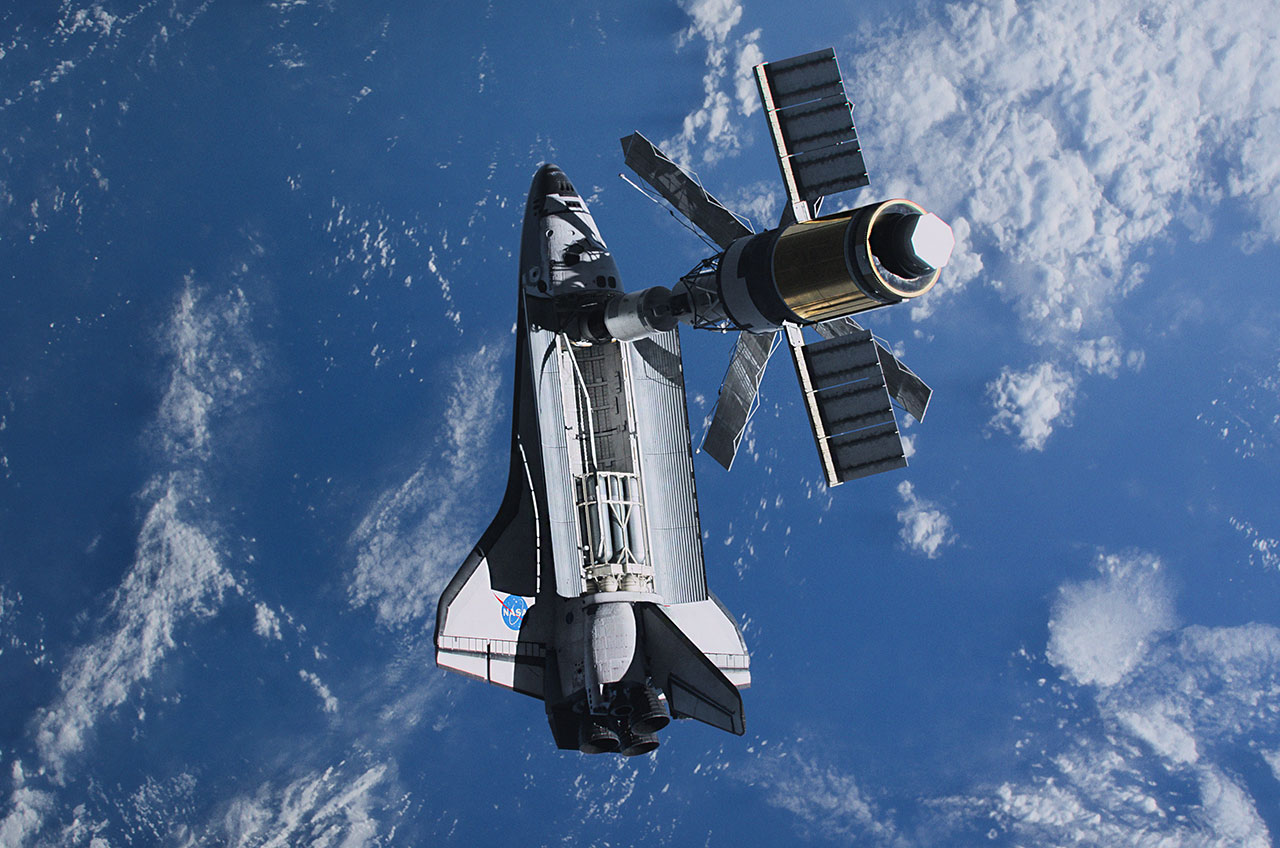
Ships of the fleet
With so many astronauts pending flights, NASA has had to grow its space shuttle fleet from the five that actually flew to orbit to ten orbiters.
According to a newscast included the opening minutes of Season 2, the first space shuttle was still named "Enterprise" in honor of the fictional starship on "Star Trek," just as in real life. In "For All Mankind," though, Enterprise did not just fly approach and landing tests, but is among the spaceflight-worthy winged spacecraft.
Columbia, Challenger, Discovery, Atlantis and Endeavour still exist in this alternate reality, but so do Kon-Tiki, Victoria and Constitution.
And then there is Pathfinder, the newest ship in the fleet. In reality, Pathfinder was among the first mockups used to prepare the program's ground support equipment and facilities for the arrival of Enterprise and the other orbiters to come.
International space station
In Season 1 of "For All Mankind," it was explained that the original module for the Jamestown base was built by converting what had been planned to be Skylab, NASA's first space station, into a "moon lab." Season 2 reveals that NASA made more than one Skylab, just as in real life.
In our reality, though, the second orbital workshop was never launched and ended up as an exhibit in the National Air and Space Museum.
In the alternate universe of the series, Skylab is in Earth orbit and because this is a different vehicle on a different timeline, it was not severely damaged during its launch (as our history records). Furthermore, it coexists with the space shuttle and Jamestown, programs that were staffed by U.S. and partner countries' astronauts.
So Skylab, too, is an international space station, with a crew that as of May 1983 includes (fictional) Irish astronaut Doreen Campbell (Penny O'Brien) of ESA.
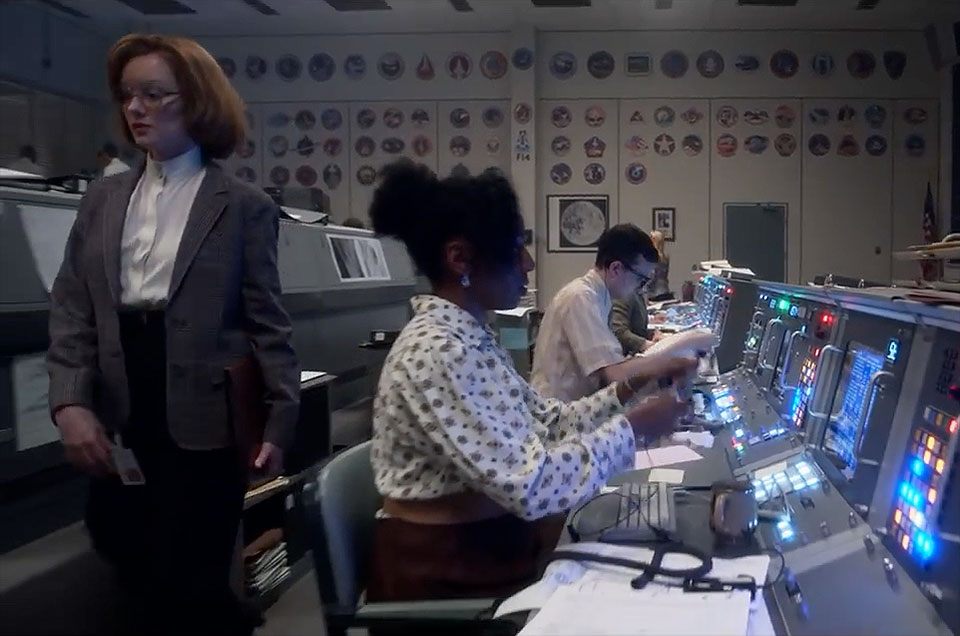
Patchwork past (and future)
As in the first season and in real life, the walls of NASA's mission control are lined with the mission patches from past flights. For Season 2 of "For All Mankind," the walls gained 77 more emblems, representing the Apollo, Jamestown, Skylab and space shuttle missions that were launched in the interim, from 1974 to 1983.
While some of the patch designs are new, including one for the maiden voyage of Skylab (Apollo 28) and ten patches representing the first flights of each of the ten shuttle orbiters, the others were borrowed from NASA's real flight insignia. (Even the new designs were patterned after real mission patches, but with some of their elements reconfigured and crew names altered.)
Graphic designer Evan Regester, who was tasked with designing and selecting the patches to be used on the show, tried to limit his choices of real emblems to NASA's early shuttle years — corresponding to the time period of the second season — but a close look will reveal some patches from more recent missions.
"In selecting, I went with strong, simple graphics whenever possible, and steered away from any joint missions with Russia, which happened more than I realized." Regester explained.
Follow collectSPACE.com on Facebook and on Twitter at @collectSPACE. Copyright 2021 collectSPACE.com. All rights reserved.
Join our Space Forums to keep talking space on the latest missions, night sky and more! And if you have a news tip, correction or comment, let us know at: community@space.com.

Robert Pearlman is a space historian, journalist and the founder and editor of collectSPACE.com, a daily news publication and community devoted to space history with a particular focus on how and where space exploration intersects with pop culture. Pearlman is also a contributing writer for Space.com and co-author of "Space Stations: The Art, Science, and Reality of Working in Space” published by Smithsonian Books in 2018.In 2009, he was inducted into the U.S. Space Camp Hall of Fame in Huntsville, Alabama. In 2021, he was honored by the American Astronautical Society with the Ordway Award for Sustained Excellence in Spaceflight History. In 2023, the National Space Club Florida Committee recognized Pearlman with the Kolcum News and Communications Award for excellence in telling the space story along the Space Coast and throughout the world.

